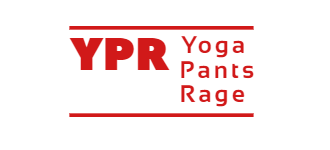If you’re just starting your home yoga practice, you might be wondering how many yoga blocks do you need.
This blog post will give you a few tips on choosing the right number of yoga blocks for your needs.
We’ll also provide a few examples of poses that can be enhanced with the use of yoga blocks.
How to Choose the Right Number of Yoga Blocks?
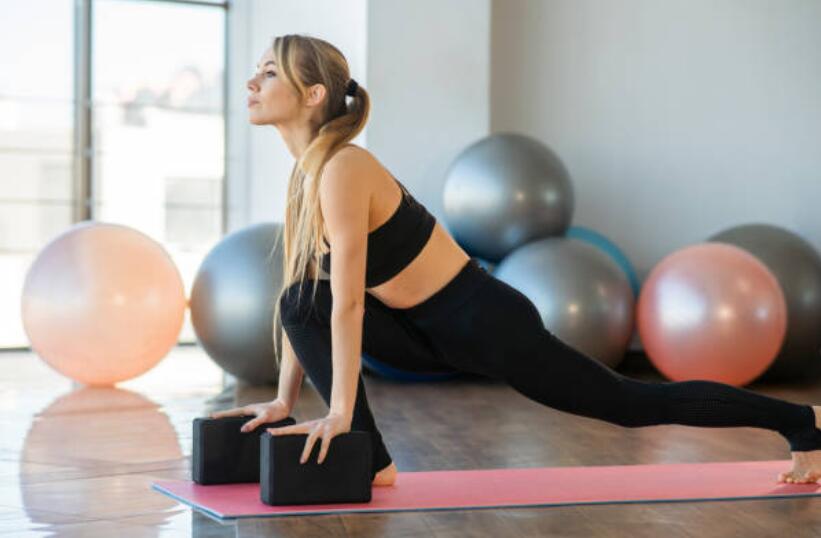
If you’re a beginner, you might only need one or two yoga blocks to help with some of the more challenging poses.
As you advance in your practice, you might find that you need more blocks to help with balance and support. Here are a few things to keep in mind when deciding how many yoga blocks you need:
1. The type of poses you are doing:
If you’re doing mostly standing and balancing poses, you might need 2 blocks than if you’re doing mostly seated or reclining poses.
But there are a few other factors to consider as well. For example, if you have many props – blankets, bolsters, straps – you might not need as many blocks.
On the other hand, if you’re trying to save money or reduce your environmental impact, you might want to use fewer props altogether and rely more on your own strength and balance.
2. The level of difficulty of the poses:
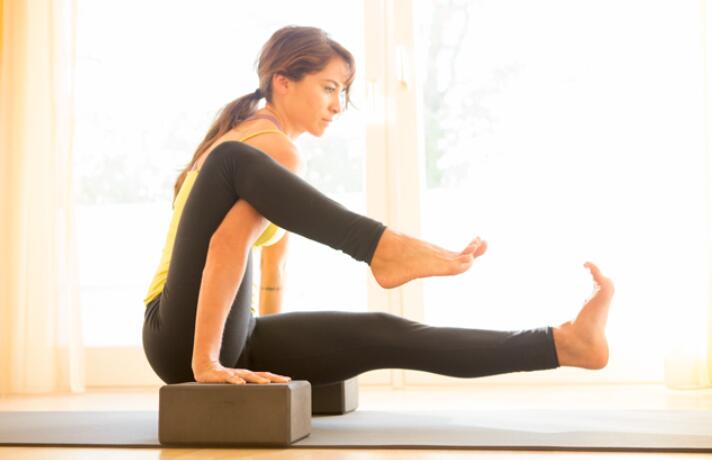
If you’re just starting out, two blocks should be plenty. But if you’re working on more advanced poses, you might need more blocks to help with balance and support.
Remember that you can always add more blocks as your practice progresses.
And who knows, maybe one day you’ll be able to do all those fancy poses without any blocks at all.
3. Your own personal preference:
Some people prefer to have more blocks available so they can choose how to use them in each pose.
Others find that they don’t need as many blocks and only use them occasionally.
So how many blocks do you really need? The answer is: as many as you need to feel comfortable and supported in your practice.
So don’t be afraid to experiment and find the right number for you. Happy yoga-ing!
Examples of Poses That Can Be Enhanced With Yoga Blocks
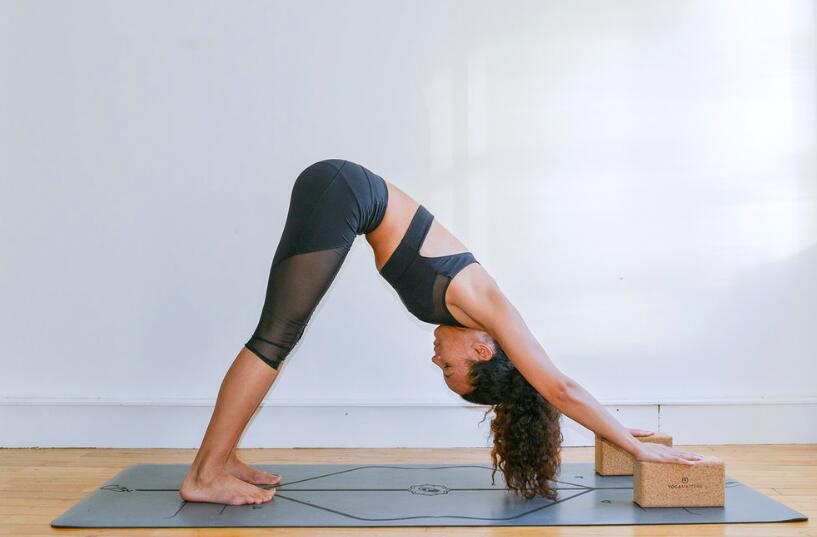
Yoga blocks can also be used in a variety of other poses, such as Triangle Pose, Half Camel Pose, and Lord of the Fishes Pose. Experiment with different poses and see how yoga blocks can help you improve your practice.
One of the most popular yoga poses is downward facing dog. This pose can be challenging for beginners, as it requires you to balance on your hands and feet.
If you are new to yoga, you might want to try using two yoga blocks in this pose.
Place one block under each hand, and then walk your feet back until your body is in a straight line. This will help you with your balance and alignment in the pose.
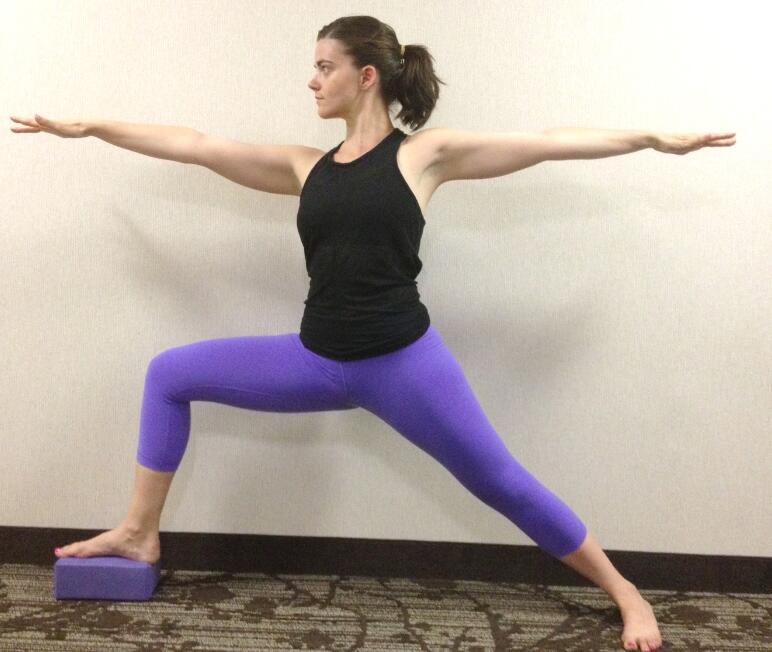
Another popular yoga pose is Warrior II. This pose can also be challenging for beginners, as it requires you to balance on one leg while stretching the other leg out to the side.
If you are new to yoga, you might want to try using two yoga blocks in this pose as well.
Place one block under each hand, and then extend your arms out to the sides. This will help you with your balance and alignment in the pose.
Here are more examples of how yoga blocks can be used to enhance your practice:
- If you’re having trouble balancing in tree pose, try placing a block near your foot for extra support.
- If you’re struggling to reach the floor in forward bends, place a block under your hand to help with alignment.
- If you’re finding it difficult to sit up straight in meditation, place a block behind your back for extra support.
- If you’re looking for a more challenging workout, try using yoga blocks to increase the intensity of your poses.
How to Incorporate Yoga Blocks Into Your Practice?
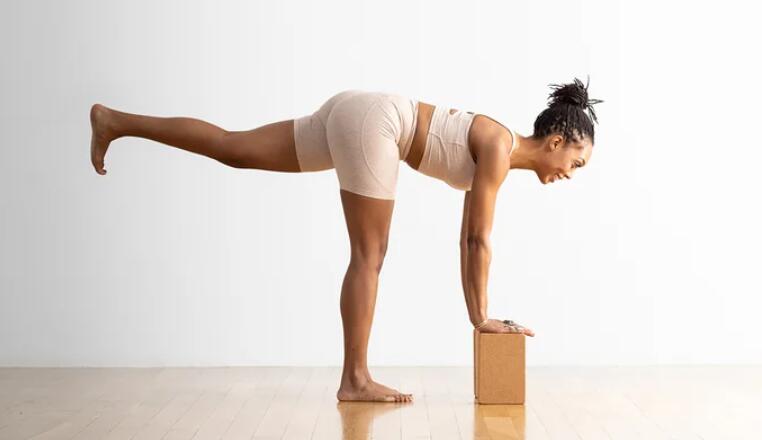
Yoga blocks are a great way to add support and stability to your practice, whether you’re a beginner or an experienced yogi.
They can be used to help you maintain proper alignment, deepen stretches, and increase balance.
Plus, they’re super versatile – you can use them in a variety of ways to customize your practice.
Here are a few ideas on how to incorporate yoga blocks into your next session:
1. Use them as a support for your hands or feet when performing standing poses. This will help you maintain proper alignment and avoid strain.
2. Place them beneath your hips when doing seated forward folds. This will help you keep your spine straight and prevent rounding of the back.
3. Stack them on top of each other to create a ‘step’ for one leg when doing Warrior III. This will challenge your balance and help build strength in the legs and hips.
So go ahead and give yoga blocks a try – they just might become your new favorite prop!
How Much Do Yoga Blocks Cost?
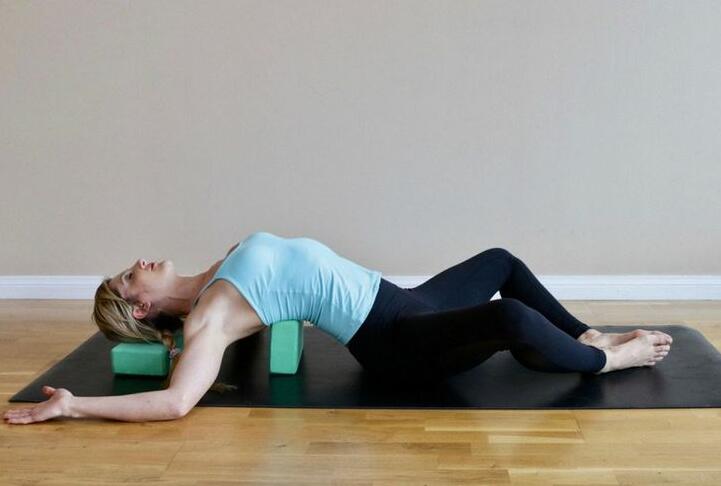
On average, a yoga block will cost anywhere from $12 to as much as $30. The price will depend on the material’s quality, the block’s size, and where you purchase it from.
If you’re just starting out, we recommend opting for a cheaper option until you get a feel for how often you’ll use them.
Once you know how beneficial they are to your practice, you can invest in a higher-quality pair. Trust us, they’re worth it!
Are Yoga Blocks Only for Beginners?
Absolutely not! While yoga blocks are often used by beginners to help with alignment and stability, they can be beneficial for yogis of all levels.
Experienced yogis can use them to deepen their stretches and add a challenge to their practice. So don’t be afraid to give them a try – you might just find that you love them!
Conclusion
We hope this blog post has been helpful in answering the question – how many yoga blocks do you need? As always, please consult with a doctor or medical professional before starting any new exercise regimen. And be sure to check out our selection of yoga blocks, which are available in a variety of sizes, thicknesses, and densities. Namaste!
Do you have any tips on how to choose the right number of yoga blocks for your practice? Share them with us in the comments below!
